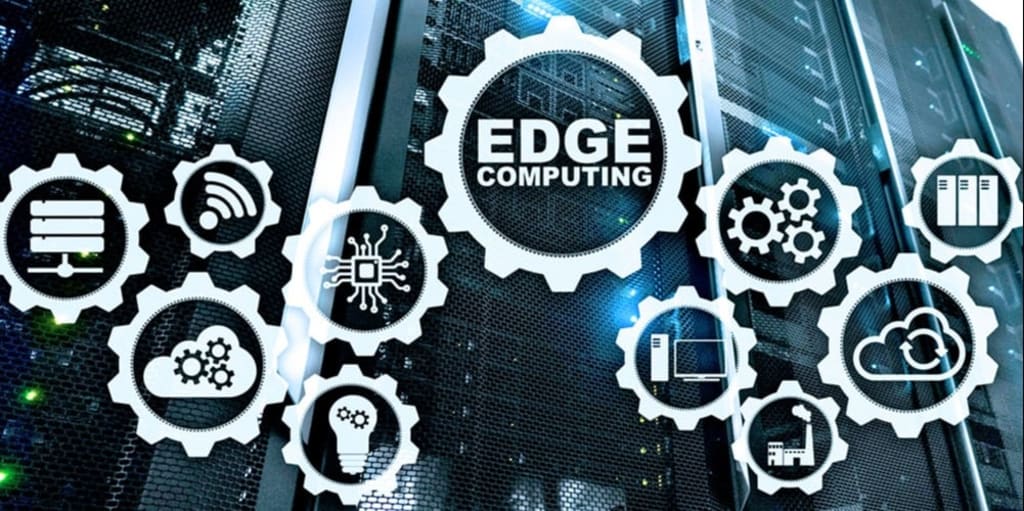Edge computing
Distributed computing paradigm

Edge computing is a distributed computing paradigm that brings computation and data storage closer to the location where it is needed, typically at the edge of the network. This approach is in contrast to traditional cloud computing, where data processing and storage are centralized in remote data centers. By moving computation closer to the edge, edge computing aims to reduce latency, improve bandwidth utilization, enhance security, and enable real-time data processing.
In edge computing, devices and systems located at the network edge, such as sensors, smartphones, Internet of Things (IoT) devices, and other edge devices, perform data processing and storage tasks locally. These devices can collect, analyze, and act upon the data they generate, reducing the need for transmitting all the data to a centralized cloud infrastructure. This local processing capability enables faster response times, lowers network congestion, and reduces the dependence on a constant internet connection.
One of the key drivers behind the adoption of edge computing is the exponential growth of IoT devices. With billions of connected devices generating massive amounts of data, transmitting all that data to a remote data center for processing and analysis is often impractical. Edge computing allows IoT devices to process and filter data locally, sending only relevant information to the cloud. This reduces the volume of data transmitted over the network, minimizing latency and conserving bandwidth.
Edge computing also addresses the challenges associated with latency-sensitive applications. Certain applications, such as autonomous vehicles, industrial automation, augmented reality, and remote healthcare, require real-time or near-real-time processing and decision-making. By processing data locally at the edge, these applications can achieve low-latency responses, enabling faster decision-making and enhancing user experiences.
Moreover, edge computing enhances data privacy and security. With sensitive data being processed locally on edge devices, there is reduced exposure to potential security breaches or unauthorized access during data transmission to a remote cloud. This is particularly important in industries such as healthcare and finance, where data privacy and security are paramount.
In terms of architecture, edge computing typically involves a decentralized network of edge devices connected to a central cloud infrastructure. The edge devices communicate with the cloud for tasks that require more computational power, long-term storage, or access to a broader range of resources. This hybrid approach combines the benefits of localized processing and storage with the scalability and resources of the cloud.
Edge computing also opens up new opportunities for innovation and business models. By enabling localized data processing, edge computing can support the development of new applications and services that rely on real-time insights and low-latency interactions. Industries can leverage edge computing for applications such as predictive maintenance, intelligent traffic management, smart grids, and personalized marketing, among others.
However, deploying and managing edge computing infrastructure comes with its own set of challenges. It requires careful consideration of network connectivity, device management, software updates, and security measures across a distributed environment. Organizations must also address data governance, ensuring compliance with regulations and standards, as data processing may occur across multiple locations.
In conclusion, edge computing is an emerging computing paradigm that brings computation and storage capabilities closer to the network edge. It offers numerous benefits, including reduced latency, improved bandwidth utilization, enhanced security, and real-time data processing. By enabling localized processing, edge computing supports the growth of IoT, low-latency applications, and innovative services. While there are challenges in deploying and managing edge infrastructure, its potential for transforming industries and unlocking new possibilities makes it a compelling area of technological advancement.
Thank you for reading my page
One like and subscribe






Comments
There are no comments for this story
Be the first to respond and start the conversation.